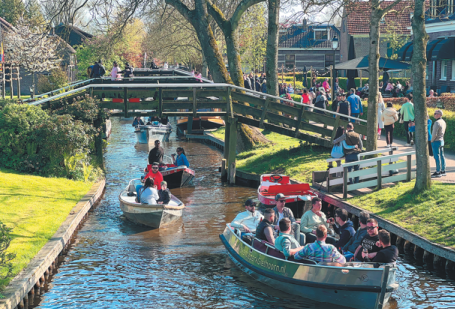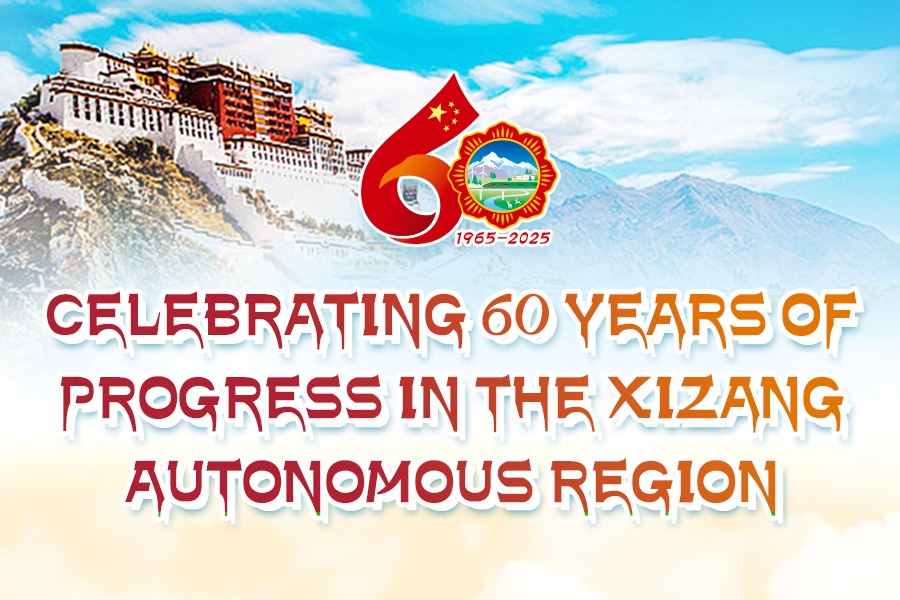Idyllic village becomes bridge for Sino-Dutch exchanges

THE HAGUE — Giethoorn, a picturesque village in the northwest of the Netherlands, is often described as a living postcard. With its wooden bridges connecting charming thatched-roof houses, restaurants, hotels and campsites, the village radiates serene beauty.
Once a destination primarily for European tourists, Giethoorn has recently seen a surge in popularity among visitors from China.
"I've lost count of how many times I've visited Giethoorn," Zhu Xi, a Chinese agricultural scholar currently working in the Netherlands, said. Zhu first visited the village years ago while studying in the Netherlands and was immediately captivated by its tranquil, idyllic scenery. The village's charm continues to draw her back time and again.
In recent years, Chinese tourists have become a key demographic for the Netherlands, notable for their large numbers and significant spending power.
According to the Netherlands Board of Tourism and Conventions, or NBTC, Chinese tourists are among the highest spenders of all international visitors to the country. Their interests extend beyond sightseeing and shopping. Many are increasingly drawn to sustainable tourism practices, including energy conservation, waste reduction and the use of clean energy, reflecting a growing commitment to eco-friendly travel.
Last year, China emerged as one of the fastest-growing source markets for Dutch tourism. The NBTC reported that Dutch hotels hosted 177,000 visitors from China last year, more than double the figure from 2022. The agency predicts that with the increase in flights between China and the Netherlands, the number of Chinese tourists will continue to rise this year.
Dutch tourism promoter Gabriella Esselbrugge has observed a shift in how Chinese tourists experience the village. More young travelers are opting for extended stays, immersing themselves in the local lifestyle and embracing the village's slow pace of life. To meet this growing interest, Giethoorn now offers workshops on traditional Dutch agriculture and modern sustainable farming practices.
"We showcase Dutch expertise in water management," Esselbrugge said, explaining that these workshops give tourists a deeper understanding of the region's cultural and agricultural heritage, blending tradition with innovation.
Having traveled extensively in China, Esselbrugge has been struck by the parallels between Dutch and Chinese approaches to environmental protection and sustainable development. "I've noticed many similarities between our approaches, and there's a lot we can learn from each other," she said.
"These bridges connect our thatched roof homes to the main roads, bringing people together," Esselbrugge said, reflecting on Giethoorn's many bridges. "They symbolize how we reach out to the world to learn, and how the world, in turn, comes to understand us. It's a powerful metaphor for the connections we all need."
Xinhua

Today's Top News
- Restoring truth is the least we can do to serve history
- Israeli airstrikes hit Gaza amid worsening humanitarian crisis
- Book on Confucianism launched in Brussels
- Right track for China-ROK ties lauded
- Nursery rooms help fathers take part in parenting duties with more ease
- Typhoon Kajiki brings heavy rain in Hainan






























